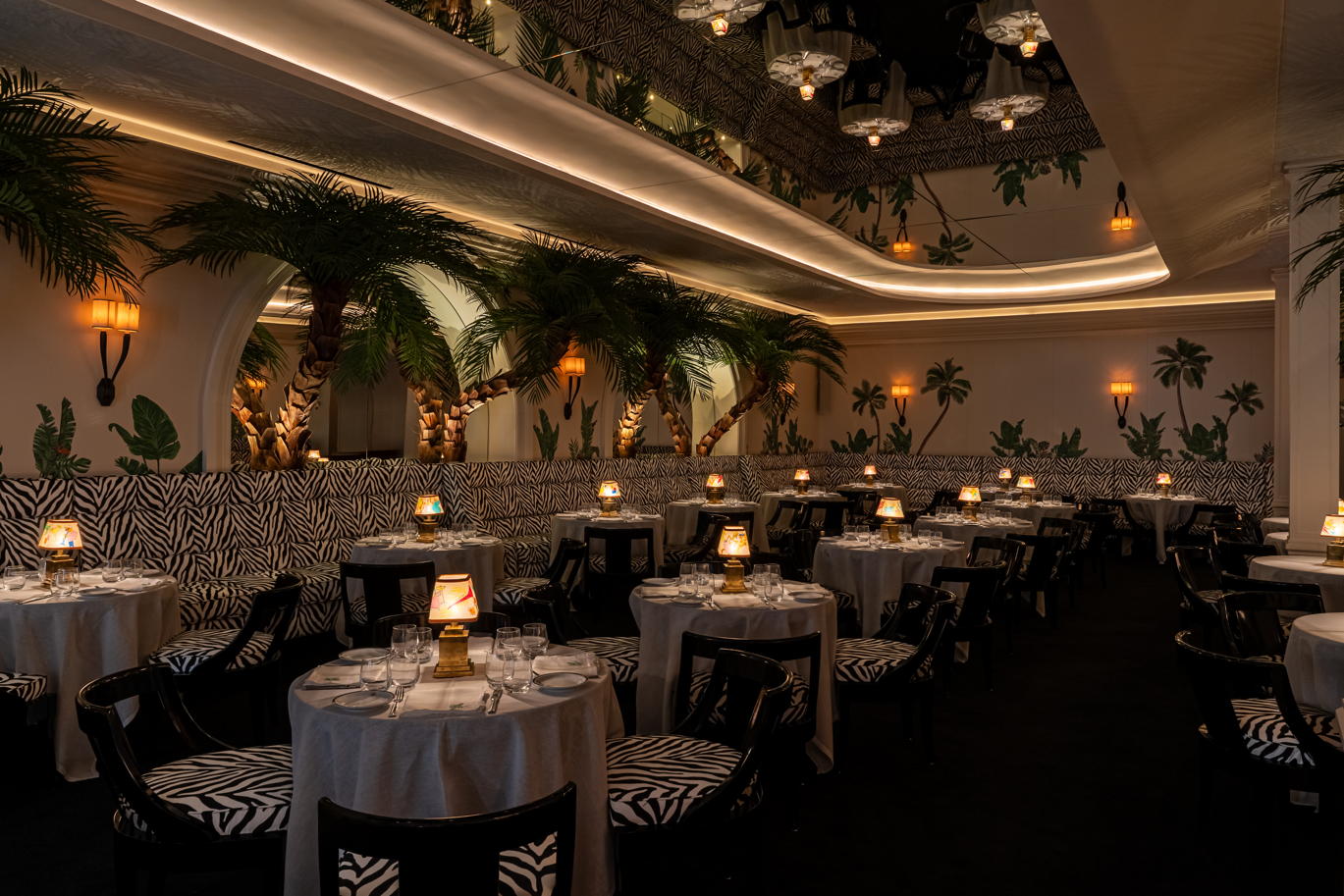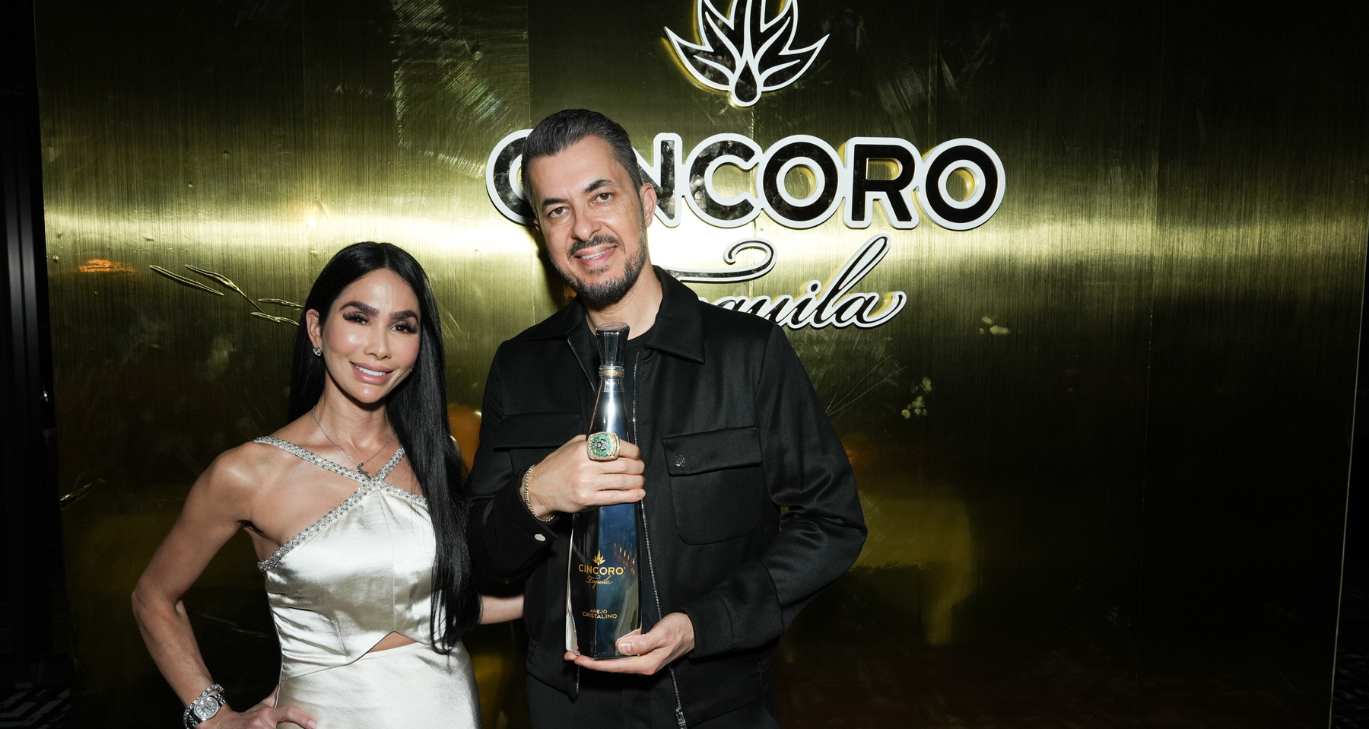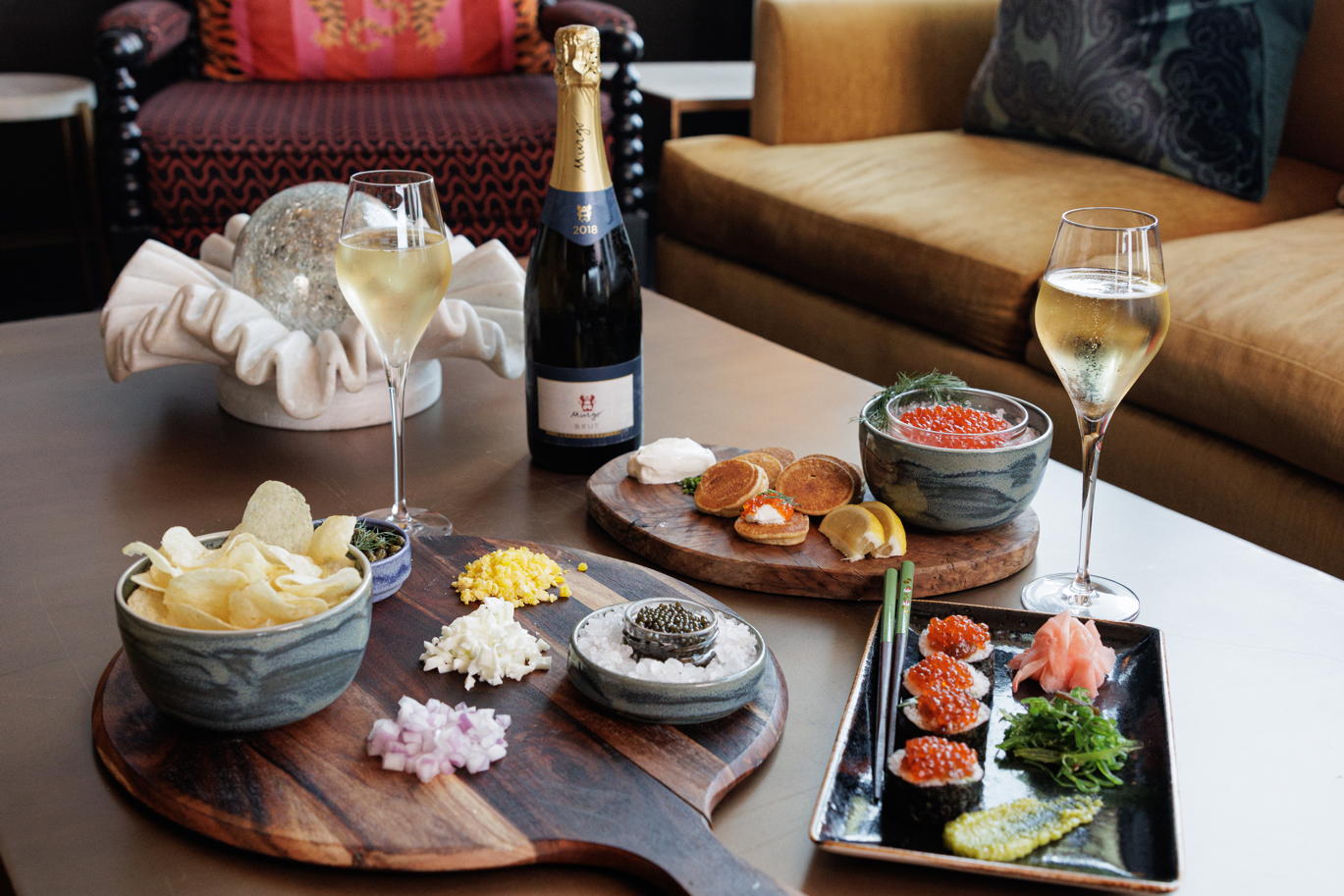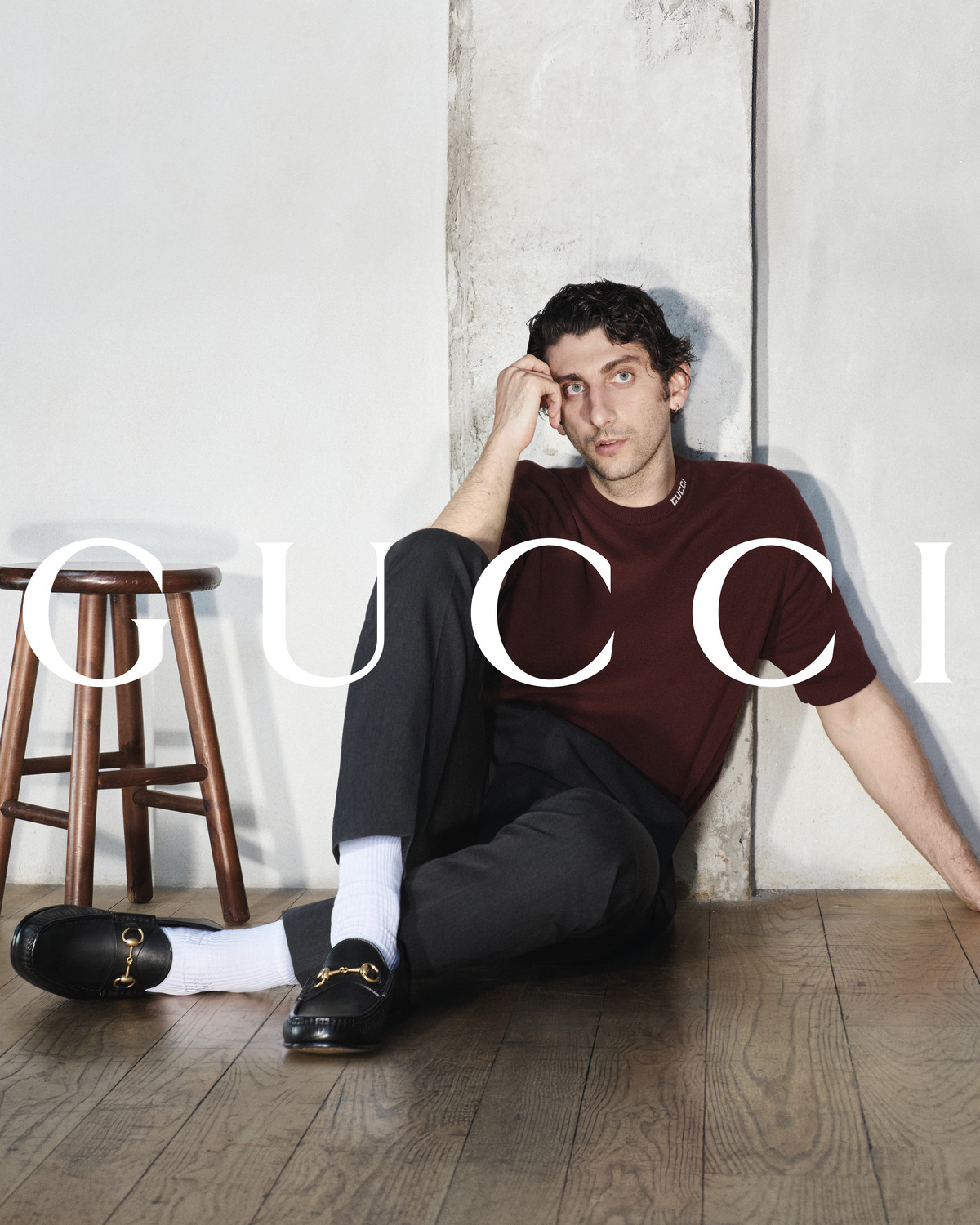A Tale of Fashion, the Orient, and Women through Photographs at the Empty Quarter Gallery
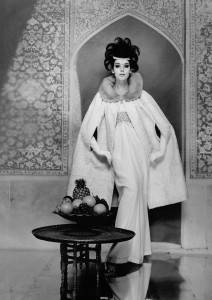
Walking through the Empty Quarter Gallery one marvels at the fashion photographs which are carefully chosen to align the gallery walls. They are of stunning women amidst Arabian landscapes, oriental interiors, women walking through city streets and subdued portraits of fashion icons all wearing the style statements of the time captured so delicately within a simple photograph that they seem to continue to move, breathe and profess the beauty of their location and the clothes which they wear.
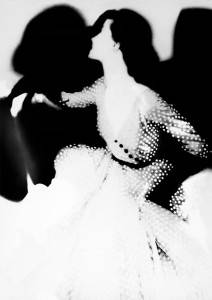
These images are part of a carefully-chosen selection of fashion photographs paired with the haute couture collection of Parveen Shaath. Shaath is known for her forty-year career in cultivating an appreciation for European couture in Riyadh as well as in Saudi Arabia at large. A self-taught seamstress and designer who traveled to the world’s fashion capitals of London, Paris and Rome, Shaath was in constant search of “beautiful things.” What she found and deemed “beautiful” was brought back for the women of Saudi high society. ” I’ve found that if you have an idea, a passion that occupies your mind, then nothing can stop you from doing it and that is how I built my business. I relied on my taste and on learning what styles would suit my clients when making orders,” said Shaath.
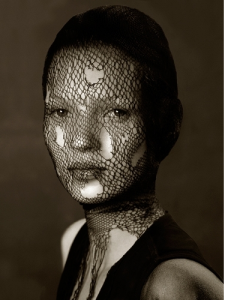
As Creative Director of the Empty Quarter Gallery Elie Dormit guided me through the exhibition, he explained to me that there were many other women in the Middle East who were also cultivating an appreciation for European fashion styles by bringing back selected garments to the women in their own high society circles. These women, like Shaath, thus became pivotal figures in preserving a sense of what was “fashionable” or stylish for the times.
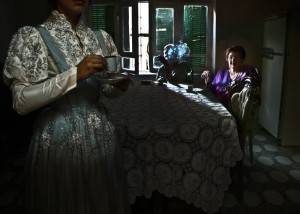
What’s more, Elie explained to me, is that these images reveal a historical link between fashion photography and the Orient. The Orient has often been viewed as a place laden with symbolism, with mystery and enchantment. “Underlying all the different units of Orientalist discourse…is a set of representative figures, or tropes. These figures are to the actual Orient…as stylized costumes are to characters in a play,” wrote the great Orientalist Edward Said in his book Orientalism (1978). Similarly, the effect of the fashion photograph is determined by its appearance and hence its symbolic value. “As fashion becomes pure appearance, it finds its perfect summing-up in photographs. What people understand of fashion is now mostly set by photographic images. More and more fashion is photography,” wrote the highly acclaimed American critic and essayist Susan Sontag in the article “The Avedon Eye” (1978) for British Vogue on the influential fashion photographer Richard Avedon.
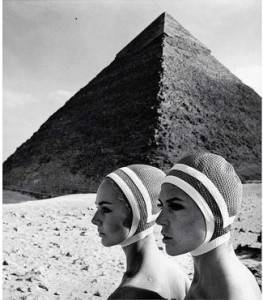
What is so unique about the fashion photograph is its ability to seduce. The viewer must be transported into a world of illusion in order for the image to achieve its effect. One of these worlds is somewhere exotic where the spectator envisages traveling to far off places wearing beautiful clothes amidst an unfamiliar backdrop. One such place most commonly used by photographers for its mystique and intrigue, is the East. The exhibition highlights many shots where Western beauties are captured against a desert background. Photographers such as Albert Watson, Norman Parkinson, F.C. Gundlach, and William Klein create poignant images that reveal the beauty and sensuality of the models greatly emphasized by such remote oriental backdrops in locations such as Lebanon, Morocco, and Egypt. Unlike today the fashion models in these photographs do not seem to advertise the clothes which they wear, but serve instead to take part in the creation of an image, they almost appear to be clothed in their surroundings.
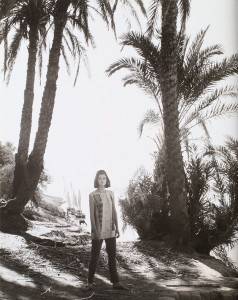
Other images in the exhibition capture fashion models on the streets of Paris at times portrayed with surreal objects such as in a glass ball in the work of Melvin Sokolsky. Yet once again, it is the composition of the image which largely determines the appeal of the model rather than just the clothes she wears.
Fashion: Story of a Lifetime captures the very essence of a tale about fashion, the Orient and a woman’s love for beautiful things. The pictures displayed offer a breathtaking journey through fashion photography of the 1960s and onwards as well as a deep examination of the dialogue between fashion in the West and in the East.
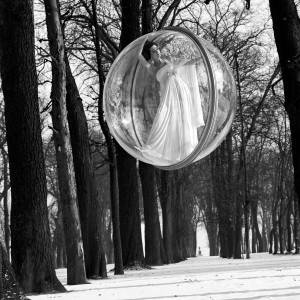
Renowned international photographers included in the exhibition are Albert Watson, Norman Parkinson, F.C. Gundlach, Lillian Bassman, William Klein, Frank Horvat, Elliot Erwitt, and Melvin Sokolsky. Parveen Shaath has been portrayed by an emerging Dubai-based photographer Aya Atoui represented by the gallery especially for this unique occasion. The Empty Quarter was founded by Saudi photographer Princess Reem Al Faisal and is run by creative director Elie Dormit.
Go See Fashion: Story of a Lifetime at the Empty Quarter Gallery in DIFC through October 17th


